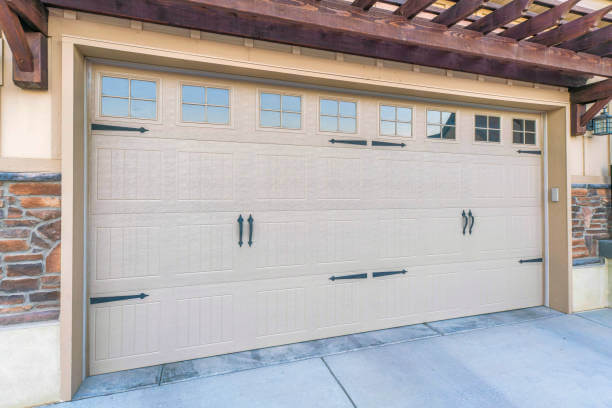DIY Painting: A 5 Step-by-Step Guide to Revitalizing Your Home
DIY painting is a terrific way to personalise your house and give it a fresh look. Almost anyone, regardless of ability or experience level, can complete this affordable and rewarding home repair project.
Whether you want to remodel a single room or your entire house, DIY painting is a quick and inexpensive way to do so. In this article, we’ll take you step-by-step through the DIY painting process, showing you how to gather supplies, set up the space, clean and prep surfaces, and produce a polished, professional finish.
1. Gathering Materials:
Any DIY painting project should start with gathering all of the required supplies. Paint, paint brushes, rollers, paint trays, and painter’s tape are frequently used in this. Make sure to choose high-quality paint that is suitable for the surfaces you will be painting when picking paint. Use paint that is intended exclusively for walls, for instance, if you’re painting a wall.
Use paint made specifically for painting furniture if you’re painting any furniture. To achieve a smooth and even finish you should use sandpaper first on the surface. It’s also a good idea to invest in high-quality paint brushes and rollers. Remember that most paint cans list the coverage area on the label, so make sure to buy enough paint to do the project.
2. Preparing the Area:
The space needs to be thoroughly prepared before you start your DIY painting project. This will need shifting any décor or furniture that might be in the way. This will make moving around the space simpler and stop any unintentional paint splatters.
A drop cloth or plastic sheeting should be used to protect the floor and any remaining furniture from paint. You can begin taping off any surfaces you don’t want to paint, such as baseboards, door frames, and window frames, once the area has been cleared. This will produce a clear and accurate edge, making it simpler to get a finish that looks polished.
3. Cleaning and Preparing the Surfaces:
The surfaces you’ll be painting need to be cleaned and prepared as the following step in DIY painting. This will entail scraping off any loose paint, patching any holes or cracks, and sanding down any uneven surfaces. This will make it more likely that the paint will adhere properly and provide you with a smooth, even finish.
To clean the surfaces and get rid of any dust or dirt, use a clean, moist cloth. It’s crucial to look for any traces of paint that is peeling or chalking if you’re dealing with a previously painted surface. If any are discovered, it is preferable to scrape off the paint before adding a fresh coat. This will guarantee that your new paint will apply properly and endure for many years.
4. Painting:
It is now time to begin the do-it-yourself painting procedure once the surfaces have been cleaned and prepared. Starting with painting the room’s perimeter and the spaces around the windows and doors is an excellent idea. This will make it simpler to paint the room’s big portions and will help minimise drips. It’s crucial to use a paint roller to apply the paint when painting the walls.

This will help to ensure an even and smooth finish. Use a paintbrush to touch up any areas that the roller may have missed. Be sure to work in small sections, and to overlap your brush and roller strokes to avoid visible brush marks.
Be patient and take your time, as rushing through the process can result in an uneven finish. Always refer to the manufacturer’s instructions on how to apply the paint, how long it takes to dry, and how many coats are recommended.
5. Cleaning Up and Finishing Touches:
After painting is complete, the tape should be removed and the area should be cleaned. This will aid in maintaining the room’s neat appearance and avert any paint stains or drips from occurring by accident. Make sure your tools are clean and stored safely. As soon as the paint has dried, you can put your furniture back into the room. New hardware, such cabinet pulls or door knobs, or new lighting fixtures can be the finishing touches to your room’s makeover.
Conclusion:
The best way to personalise your home and restore its brand-new appearance is through DIY painting. Our procedures will produce a finish that is even and smooth and will last for many years. While working with paints and other materials, keep in mind to take your time. Because some wall paints have toxic chemicals. Also keep in mind to follow to the manufacturer’s instructions.









One Comment